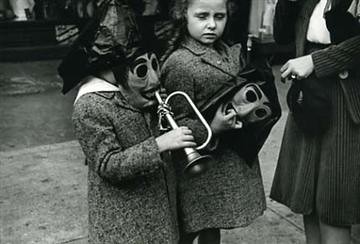1. After reviewing Eggleston’s Guide, I was amazed to see how each picture was connected to another picture, whether it was before or after. Eggleston’s work is very singular and gives the sense of a person being alone or depressed. Eggleston was clearly trying to have viewer’s see the connections throughout this guide. How do the colors change? Which photos are indoor or outdoor, the changes of seasons, capturing photographs in daylight or at night all tell a story about a journey that Eggleston has been on. This journey happened during Eggleston’s childhood, the places and people who are in these photographs are significant in some way to Eggleston’s life.
2. In Susan Sontag’s In Plato’s Cave, she mentions, “photographs alter and enlarge our notions of what is worth looking at and what we have a right to observe”. I disagree to this statement, because reality and personal testimonies enlarge our notions on what to observe and something that is worth our time. It’s true that we humans get so caught up in photographs and tend to make photos iconic and make them have deep meaning. For example, if we were to see someone paint the “Virgin Mary” black, religious Catholics across the world would be mortified. Why is this? This is because people have made the image an icon and the picture, itself, means something to them when it shouldn’t be.
3. Photographs are images created by light falling on a light-sensitive surface. They are usually taken at certain occasions to capture great moments. Photographs are the world’s time capsule. I believe that photographs will help people with Alzheimer’s disease. (Just made this up)
 Hardest and most time consuming part of the process. Deciding what to wear can be so stressful but still exciting as well. We as women, tend to become so focused on our outer appearance and this closet captures that detail.
Hardest and most time consuming part of the process. Deciding what to wear can be so stressful but still exciting as well. We as women, tend to become so focused on our outer appearance and this closet captures that detail. Hygiene...Always a crucial and important step! You cannot attract a guy when you aren't smelling good..(well you will but not in the way you would like)
Hygiene...Always a crucial and important step! You cannot attract a guy when you aren't smelling good..(well you will but not in the way you would like)  Our faces are blank canvas'. This is where we can create an image of what we want the outside world to see. This deals with texture as well. Texture in the sense of hair...Whether we want it curly,straight, or wavy.
Our faces are blank canvas'. This is where we can create an image of what we want the outside world to see. This deals with texture as well. Texture in the sense of hair...Whether we want it curly,straight, or wavy.














